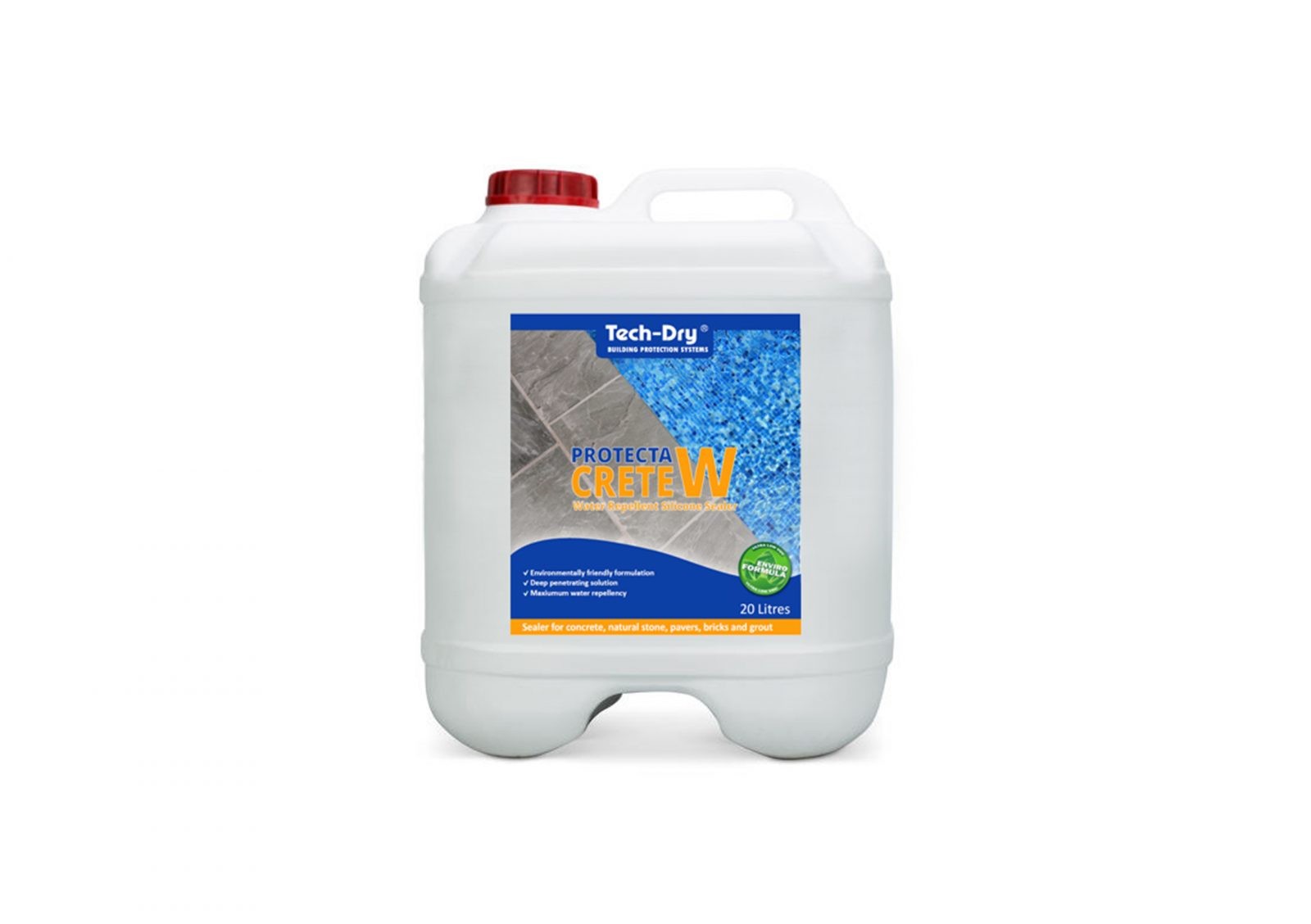Concrete Waterproofing Methods: Which One Is Right for You?
Australia's diverse climate throws a lot at our concrete structures. From scorching sun and torrential downpours to coastal winds and humidity, protecting your concrete from water damage is crucial. Luckily, various concrete waterproofing methods exist, each with its strengths and applications. Let's explore some popular options to help you choose the right one for your project.

Understanding Your Needs
Before diving into specific methods, consider these factors:
- Type of Structure: Are you waterproofing a basement, balcony, swimming pool, or retaining wall? Different structures have varying waterproofing concrete sealant requirements.
- Water Pressure: The level of water pressure the concrete will encounter is crucial. Basements facing high water tables require a different approach than a pool deck.
- Budget: Waterproofing methods range in cost. Consider your budget alongside the project's specific needs.
Popular Concrete Waterproofing Methods in Australia
- Cementitious Membranes:A popular and cost-effective choice, these consist of polymer-modified cement applied as a liquid slurry. They form a flexible, waterproof barrier ideal for internal applications like basements and bathrooms.
- Sheet Membranes:These prefabricated membranes, often made of bitumen or synthetic materials, are applied to the concrete surface using adhesives or heat welding. They offer excellent waterproofing for roofs, balconies, and foundations.
- Liquid Applied Membranes (LAMs):Gaining popularity, LAMs are sprayed or rolled onto the concrete surface, forming a seamless, flexible waterproofing layer. They are ideal for complex shapes and provide good UV resistance for exposed surfaces.
Crystallization Systems: A unique approach, involves applying a chemical treatment that penetrates the concrete, causing a crystalline reaction that fills pores and cracks, effectively waterproofing from within. This method is suitable for existing structures with positive water pressure (water pushing against the concrete).
Choosing the Right Method: Consulting a Professional
While this blog provides a general overview, consulting a qualified waterproofing professional is vital. They can assess your specific project, recommend the most suitable method based on your needs, and ensure proper installation for optimal performance.
By understanding your project's needs and the different waterproofing methods available, you can make an informed decision. Partnering with a qualified professional guarantees a successful outcome, protecting your concrete investment from water damage for years to come.

Comments
Post a Comment